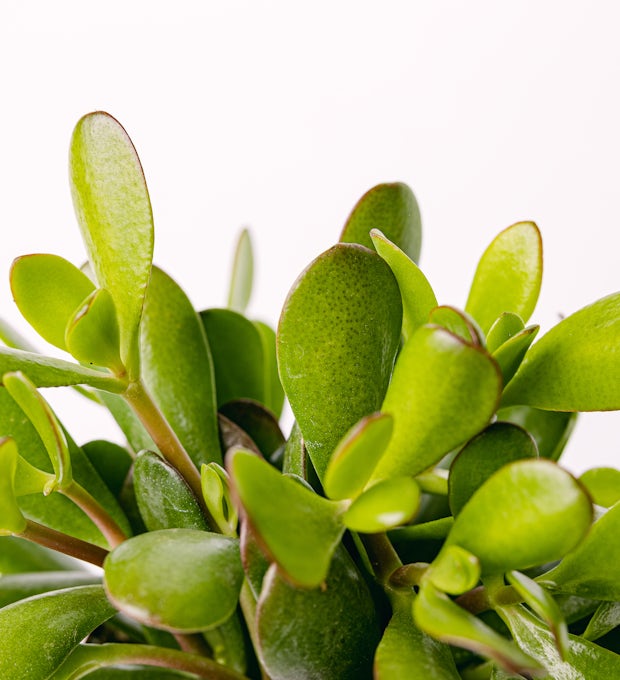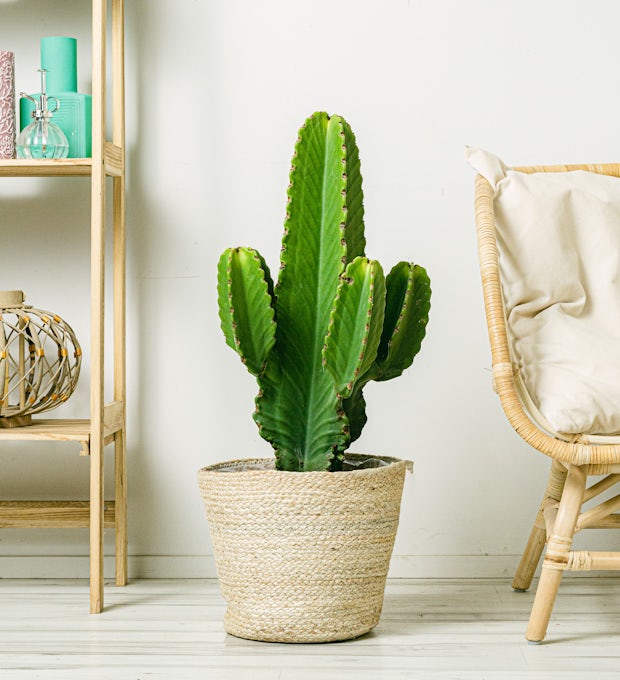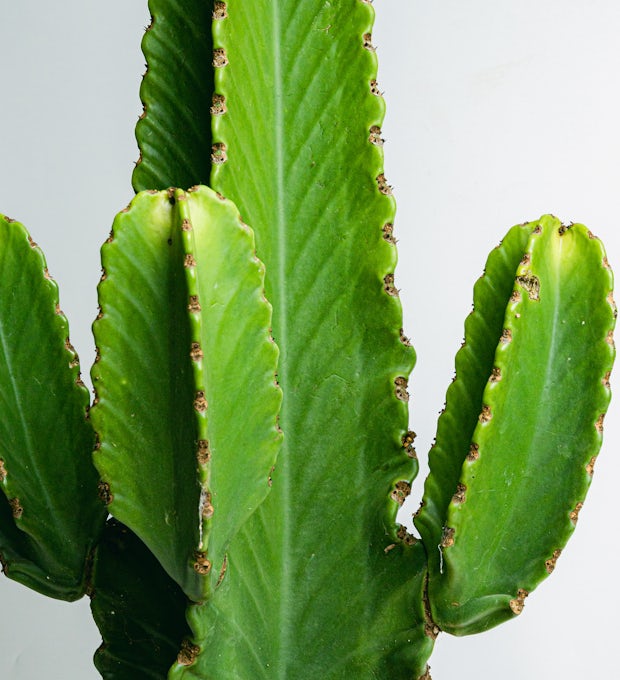Growing Lush Healthy Aeonium Plants Indoors A Comprehensive Guide
Aeoniums are absolutely gorgeous succulents that can make incredible houseplants. Their rosettes of colorful, fleshy leaves add unique texture and visual interest to any indoor space. While they originate from sunny climates, it’s entirely possible to grow happy, healthy aeoniums indoors with the right care and conditions.
In this comprehensive guide, I’ll share my top tips for successfully growing aeoniums as houseplants based on my personal experience Follow these best practices for lush, thriving aeoniums that will beautify your home for years to come
Lighting – The Key to Success
Providing proper lighting is by far the most critical factor for growing aeoniums indoors. These sun-loving plants need very bright light from a natural source to truly flourish. Here are some pointers:
-
Place aeoniums right next to a south, east or west-facing window for maximum sun exposure. South is best.
-
Supplement natural light with 12-14 hours per day of artificial lighting from grow lights. LED full spectrum bulbs work great.
-
Rotate plants periodically so all sides get evenly illuminated. Avoid having any sides perpetually in shade.
-
Leaf stress colors like reddish-purple hues indicate too little light. If this happens, boost light intensity.
-
Some direct morning sun is ok, but avoid hot mid-day sun which can scorch leaves. Filter intense light if needed.
Getting adequate sunlight to aeoniums indoor is challenging but vital. Monitor closely and adjust lighting as needed to keep your plants happy.
Soil and Watering Tips
Aeoniums are drought-tolerant succulents that store water in their leaves. They thrive when the soil dries out between waterings. Here are some tips:
-
Use a fast-draining potting mix meant for cacti/succulents. Add extra perlite or pumice for aeration.
-
Only water when the top inch or two of soil has fully dried out. The pot should feel light when lifted.
-
During winter dormancy, cut back on watering frequency. The plants use less water when not actively growing.
-
If leaves start to wrinkle and shrivel, it’s a sign of underwatering. Immediately soak the soil fully.
-
Clay pots help absorb excess moisture and prevent soggy soil. Add drainage holes if needed.
Getting the watering rhythm right for your conditions is key. When in doubt, wait longer between waterings rather than risk overwatering.
Ideal Aeonium Growing Conditions
Beyond proper lighting and watering, a few other environmental factors contribute to successfully growing aeoniums indoors:
-
Temperatures between 65-75°F are ideal. Avoid freezing temps and excess heat over 85°F.
-
Medium to high humidity around 40-50% makes aeoniums happy. Use a humidifier to raise dry indoor air moisture.
-
Good air circulation prevents diseases like powdery mildew. Use fans to keep air moving gently around plants.
-
Plant in a well-draining potting mix amended with 1/3 inorganic grit like perlite, pumice or coarse sand.
Providing the right ambient environment will help your aeoniums stay strong and resilient indoors. Monitor conditions and adjust as needed.
Fertilizing for Healthy Growth
While aeoniums don’t require much fertilizer, occasional feeding can promote strong growth. Use a balanced houseplant fertilizer at 1/4 or 1/2 strength during the active growing spring and summer months. Completely avoid fertilizing in fall and winter when plants are dormant.
If using compost or worm castings, mix sparingly into the soil at no more than 20% concentration to avoid buildup of salts. Rinse leaves after applying any foliar fertilizer to prevent leaf burn. Feed only when the soil is slightly moist, never bone dry.
With light fertilization at the right times, you can nurture vigorous, healthy aeonium growth without risking fertilizer burn.
Pruning and Shaping Aeoniums
To keep aeonium plants looking their best, occasional pruning is beneficial:
-
Prune spent flower stalks back to the rosette after blooming finishes.
-
Remove any dead, damaged, diseased or unsightly growth as needed for plant health and appearance.
-
Pruning stressed, leggy growth can encourage bushier, tighter rosettes. Always cut right above a leaf node.
-
Shape and refine plants by pruning selectively. Cut back rosettes that outgrow their space.
-
Use clean, sterilized scissors or pruners to avoid spreading disease. Allow cuts to dry before watering again.
With judicious pruning, you can maintain a shapely, compact habit on your aeoniums. Just don’t overdo it, as excessive pruning stresses the plants.
Troubleshooting Common Problems
When issues crop up, here are some likely culprits and solutions:
-
Leggy, stretched growth means insufficient sunlight. Provide much brighter light.
-
Wrinkled, deflated leaves signal under-watering. Soak soil immediately.
-
Brown leaf tips or spots often arise from sunburn or mineral buildup from hard water.
-
Leaf drop and stem rot indicate overwatering. Allow soil to dry out thoroughly before watering again.
-
Mealybugs, aphids and scale insects are potential pests to check for and treat promptly if found.
Catching problems early and making appropriate adjustments will get your aeoniums thriving again quickly.
Propagating for More Plants
One of the best parts of growing aeoniums is propagating new plants from your existing ones. Here are some fast, simple ways to multiply your collection for free:
-
Take 4-6 inch stem cuttings in spring and root in soil.
-
Gently remove and replant offsets or “pups” that form at the base of the plant.
-
Pluck leaves and lay on soil to produce baby plantlets at the base, though this has a lower success rate.
-
Plant seeds harvested from spent flower stalks for more genetic diversity.
With their ease of propagation, a few aeonium plants can turn into dozens in no time at all!
Recommended Indoor Varieties
While all aeoniums require abundant light to thrive as houseplants, the following are some great varieties to grow indoors:
-
Aeonium ‘Kiwi’ – Lime green spiraling leaves make a statement.
-
Aeonium ‘Zwartkop’ – Striking dark purple, nearly black foliage.
-
Aeonium ‘Sunburst’- Bright yellow striped leaves on a compact plant.
-
Aeonium haworthii – Classically beautiful rosettes on branching stems.
-
Aeonium ‘Blushing Beauty’ – Red edges surround gray-green leaves.
There are so many fabulous aeonium varieties to choose from. Mix up shapes, sizes and colors for endless appeal!
With its diversity of bold textures and colors, the aeonium genus offers limitless ways to beautify your indoor space. By following the growing guidelines outlined here for ample sun, proper watering, and ideal conditions, you can have thriving containers of these architectural succulents brightening up your home. Avoid common pitfalls and treat any issues promptly to keep your plants happy and healthy for the long term. The extra effort aeoniums require is well worth it when you enjoy their stunning rosettes illuminating your home with exotic botanical beauty.
:max_bytes(150000):strip_icc()/KaraRileyAeoniums-2-8870ca1aeb5c4559a4720e2b85b1f9c2.jpg)
The Right Watering to Keep Aeonium Arboreum Healthy
Keeping Aeonium arboreum healthy not only involves providing it with a suitable location and enough light, but also providing it with adequate watering. This succulent plant is native to the Canary Islands and has a large capacity to store water in its fleshy leaves. However, this doesnt mean we should overwater it. In fact, too much water can be detrimental to their growth. It is important to find a balance and water it moderately. The frequency of watering will depend on factors such as temperature and humidity. In general, it is recommended to water it every two weeks in winter and every week in summer. When watering, it is important to make sure that the water reaches the roots, but avoid waterlogging the substrate. A good tip is to wait for the topsoil to dry out before watering it again. In addition, it is important to use a well-drained substrate to prevent water stagnation. Looking at the plants leaves can also be helpful in determining whether it needs more or less water. If the leaves are wrinkled or soft, you will likely need more watering. On the other hand, if the leaves are yellow or droopy, it could be a sign of overwatering. By following these tips and paying attention to the specific watering needs of Aeonium arboreum, you will be able to keep it healthy and enjoy its exotic beauty in your garden.




Introduction to Aeonium Arboreum: An Exotic Beauty in Your Garden
If youre looking for an exotic and beautiful plant to adorn your garden, look no further, because Aeonium arboreum is the perfect choice. With its rosette-shaped green leaves and long, graceful stem, this plant will captivate all who see it. Its exotic and unique appearance makes it a true gem for any outdoor space. It doesnt matter if you have a large or small garden, the Aeonium arboreum will easily adapt and add a special touch to your landscape. In addition to its aesthetic beauty, this plant is also very hardy and requires little maintenance. So if youre not an expert gardener, dont worry, the Aeonium arboreum is very easy to care for. You just need to provide her with the right growing conditions and youll soon be enjoying her exuberance in your garden. Wouldnt you love to have an exotic beauty like the Aeonium arboreum in your own green oasis? Feel free to add it to your list of favorite plants and find out how it can completely transform your outdoor space.
Tips & Tricks for Propagating Aeoniums || Quick & Easy Guide
FAQ
How do you care for Aeonium indoors?
How do you make an Aeonium bushy?
How to look after Aeonium in pots?
What is the best fertilizer for Aeonium plants?
